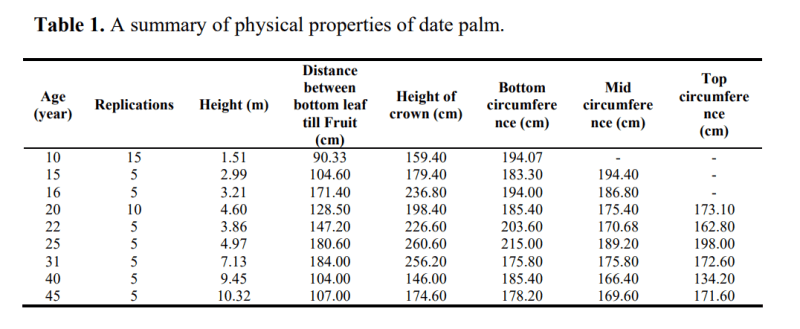VSS Engineering
Structural
- Jul 3, 2023
- 7
My team is designing Faux Trees that will be on display inside a building at a resort in Florida. The trees themselves have a self-weight of about 2,500 lb fully assembled and stand 32' tall. The customer is wanting to use HSS 4.5 x 0.337 Pipe. The pipe easily passes design checks from anticipated loading; however, it is failing slenderness requirements.
Does anyone have any code information that may allow us to negate the slenderness requirement for something that is purely architectural and subject to very little loading?
Thanks!
Does anyone have any code information that may allow us to negate the slenderness requirement for something that is purely architectural and subject to very little loading?
Thanks!


